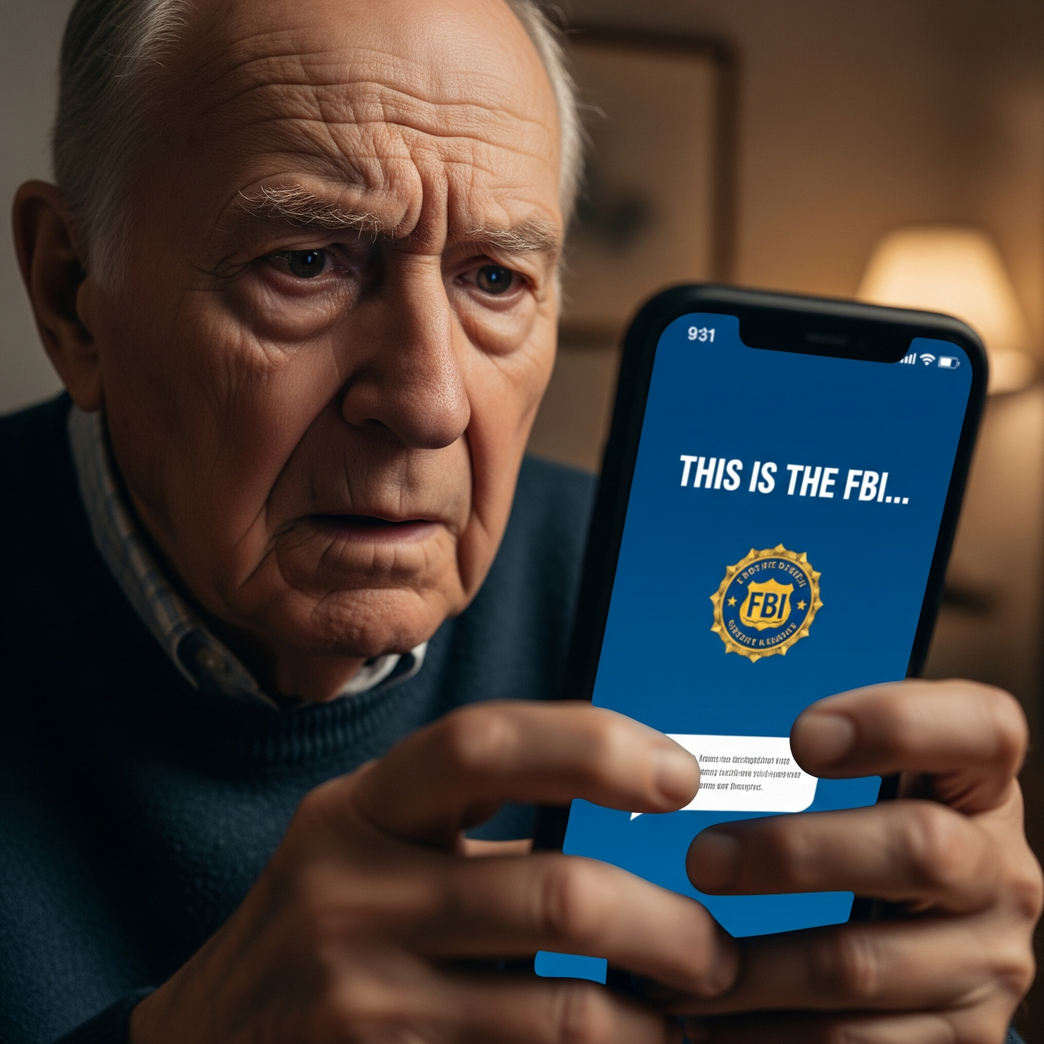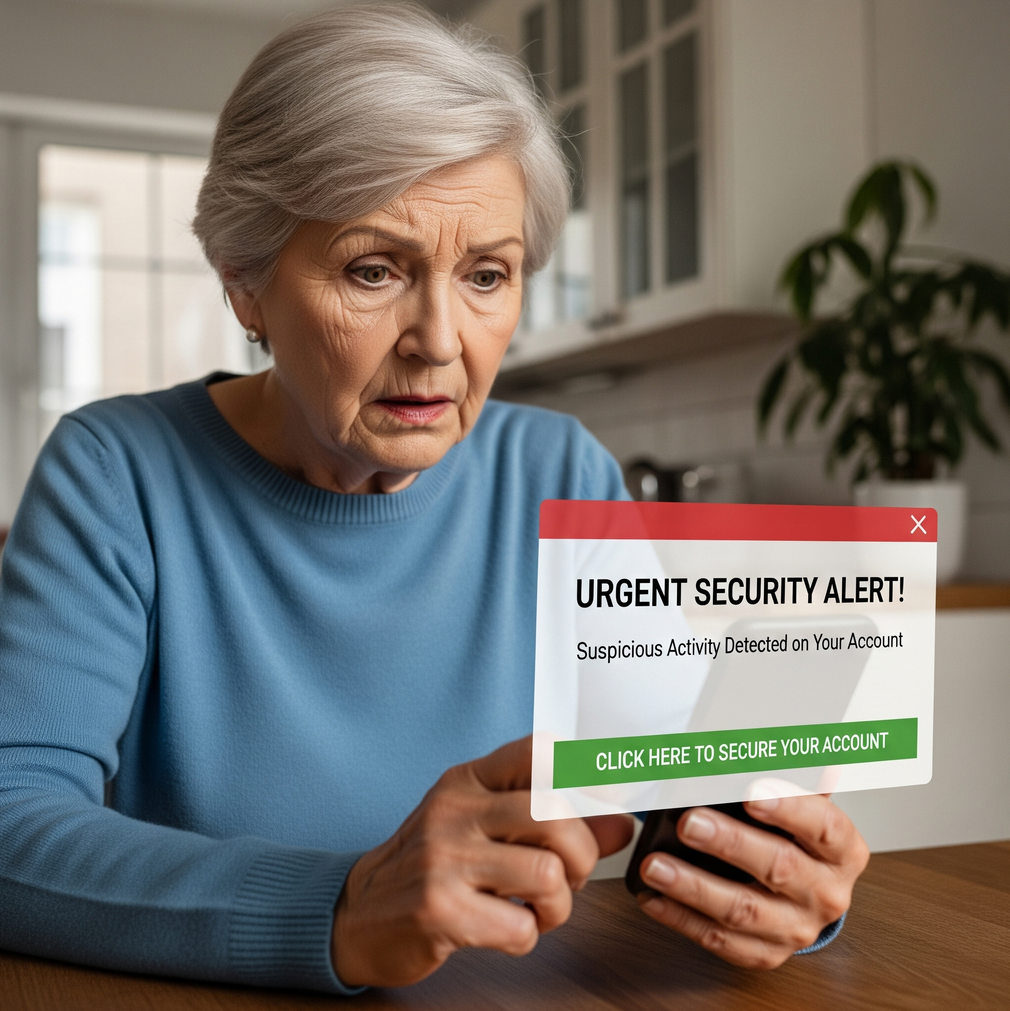
Safety Tip #1
A simple way to protect ourselves from online scams such as phishing is to ask a trusted pal to give us a second opinion of whatever we're suspicious of, whether a text message, email message, computer screen alert, phone call, etc.

Safety Tip #2
Another simple way to protect ourselves from online scams such as phishing is to slow down when reacting to a text message, email message, computer screen alert, phone call, etc. Scammers create a sense of urgency to cloud our thinking. So let's slow down and think deliberately about what we read online.

Safety Tip #3
Treat IRS/FBI Contacts with Extreme Caution
The IRS, FBI, and other government agencies will NOT initiate contact with you via unsolicited email or text message demanding immediate payment, threatening arrest, or requesting personal information. Any message claiming to be from these bodies should be treated as highly suspicious. Contact the agency directly via their official phone number to verify any claims.

Safety Tip #4
Always Keep Software Updated
Ensure the operating systems on your computer and cell phone, as well as your web browsers and security software, are always set to update automatically or are updated promptly when a new version is released. These updates often contain critical security patches (software code) that protect you from known vulnerabilities exploited by phishing scams and malware.

Safety Tip #5
Never Click Unverified Links
Do not click on links within suspicious or unexpected messages. Instead of clicking, hover your mouse over the link (on a computer) to view the destination URL, or manually type the website's main address (e.g., www.bankname.com) directly into your browser to log in and check for notifications.

Safety Tip #6
Use Two-Factor Authentication (2FA)
Enable Two-Factor Authentication (or Multi-Factor Authentication) on all critical accounts, such as email, banking, and social media. Even if a phisher steals your password, they cannot access your account without the second verification code sent to your phone or generated by an authenticator app.

| # | SOURCE | SUMMARY | LINK |
|---|---|---|---|
| 1 | National Cybersecurity Alliance | User-friendly, engaging and clear tutorials about scams, passwords, multi-factor authentication. | https://www.staysafeonline.org/campaigns/thenandnow |
| 2 | FBI | Detailed info about 20 common frauds and scams. | https://www.fbi.gov/how-we-can-help-you/scams-and-safety/common-frauds-and-scams |
| 3 | AARP | Detailed info about 31 frauds and scams. | https://www.aarp.org/money/scams-fraud/ |
| 4 | Chase Bank | Detailed info about 5 common scams targeting older adults. | https://www.chase.com/digital/resources/privacy-security/financial-abuse |
| 5 | Chase Bank | Detailed info about 12 common scams. | https://www.chase.com/digital/resources/privacy-security/security/how-to-spot-scams |
| 6 | National Cybersecurity Alliance | Searchable library of 136 articles about recognizing and preventing scams and fraud. | https://www.staysafeonline.org/resources/online-safety-and-privacy/articles |
| 7 | National Cybersecurity Alliance | 10 basic safety tips for online activity. | https://www.staysafeonline.org/articles/online-safety-basics |